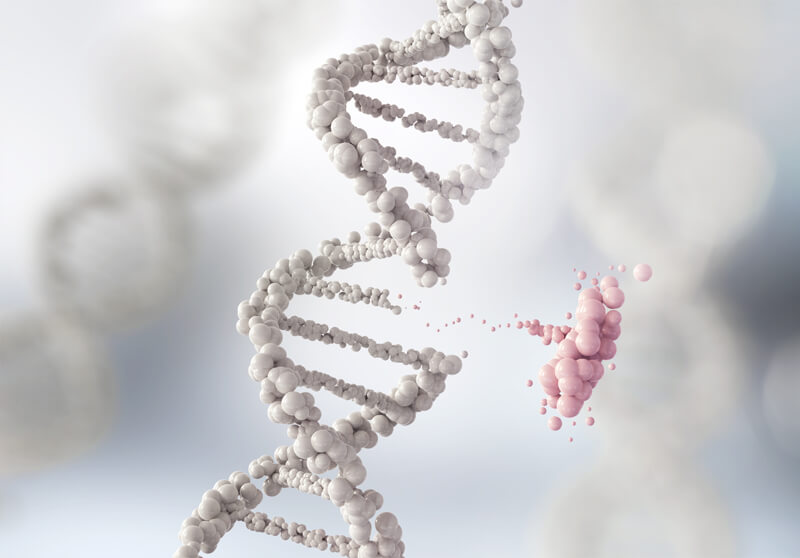Biopharma companies manufacture pharmaceutical drugs extracted or semi-synthesised from biological sources.
They are different from totally synthesised pharmaceuticals: they include vaccines, blood, blood components, allergenics, somatic cells, gene therapies, tissues, recombinant therapeutic proteins and living cells used in cell therapy. Biological components are isolated from living sources—human, animal, plant, fungal, or microbial.
Sodium hydroxide is widely accepted for the following applications:
- Facility and equipment sanitisation
- Chromatography column resin cleaning, sanitisation and storage and pH adjustment of process streams
The benefits of its use include efficacy, low cost and ease of detection, removal, and disposal. Sodium hydroxide has been shown to be effective in removing proteins and nucleic acids as well as in inactivating most viruses, bacteria, yeasts, fungi, and endotoxins. It is common practice in industrial manufacturing to save time by adding a salt, such as sodium chloride, to the sodium hydroxide solution to combine cleaning with sanitisation.
We offer sodium hydroxide solutions produced under cGMP. Currently we provide a range of concentrations of sodium hydroxide but we can manufacture any required concentration.

| CODE | PRODUCT |
|---|---|
| 3813 | Sodium hydroxide 30% GMP |
| 3840 | Sodium hydroxide 32% GMP |
| 3843 | Sodium hydroxide 50% GMP |
| 3849 | Sodium hydroxide 2M / |
| 3848 | Sodium hydroxide 3M GMP |
Different presentations are available: 1l, 25 l, 200l, IBC 1000l
Endotoxins level up to < 0.25 IU/ml can be guaranteed (depending on NaOH concentration)
Microfiltered by 0.2 µm on request is available
- Proteins: dissolves, denatures
As a cleaning agent, sodium hydroxide saponifies fats and dissolves proteins. The ability of sodium hydroxide to remove proteins and nucleic acids from chromatography media depends on the nature of the media, the sample and sample contaminants that may interfere with cleaning efficiency:
- Nucleic acids: dislodges from resins
- Lipids: saponifies rendering them soluble
- Anti-microbial: Kills viruses, bacteria, yeast, fungi
- Inactivates prions and endotoxin
The CIP protocol depends on the resin selected for the process: if resistant resins, a certain concentration of the solution of NaOH will be recommended, if non-resistant resins a combination of NaOH and NaCl solution will be more suitable.
Chromatography columns may become contaminated by a variety of proteins and non-protein species during a purification campaign. A column contamination may include an:
- Increase in column backpressure
- Loss of signal resolution
- Altered product yield
- Medium discoloration
| Cleaning solutions | Contaminants |
|---|---|
| 1-2M NaOH, tributilfosfat=triton/tween | Viruses, endotoxins |
| 1-3M NaCl, 1-2M NaOH | Residual proteins, DNA |
| Citric acid, EDTA | Metal ions |
| Guanidine hydrochloride | Residual proteins, lipids |
| Urea, Etanol, isopropanol | Residual proteins, lipids |
The cleaning strategy that gives the most dependable results is the combination of NaCl and NaOH. This combination has been repeatedly proven to achieve the best decontamination results.





